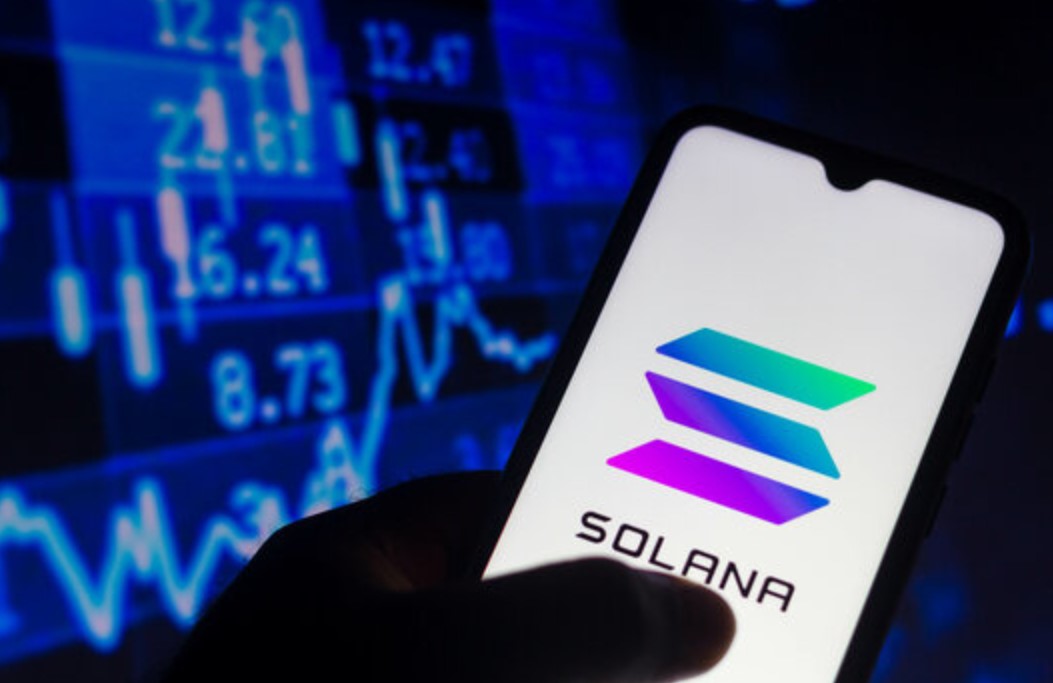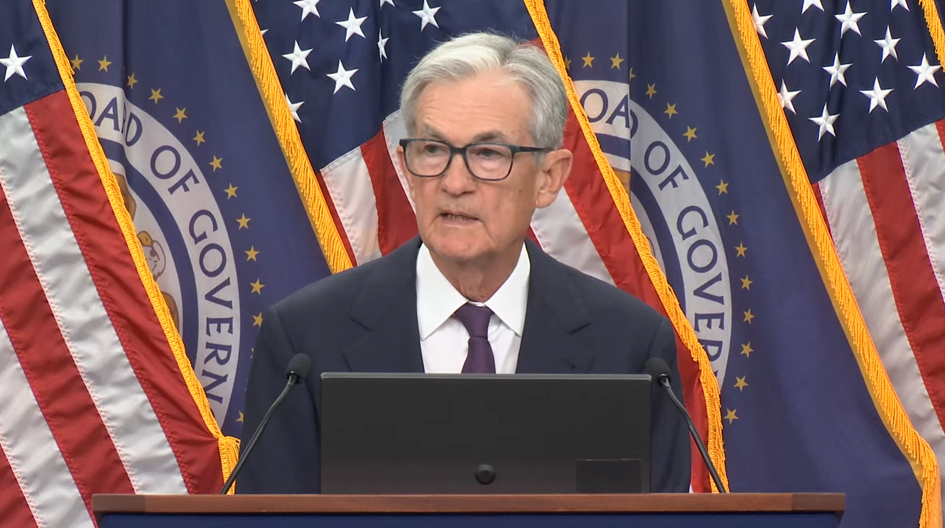For Fidelity, SOL has appeal for institutional investors.
“Solana is a potential opportunity to diversify portfolios,” says Fidelity.
The debate about which network will lead the next stage of the cryptocurrency ecosystem is not resolved only by speed or capitalization. It also implies a vision on the architecture of digital finance. At that point, Solana appears as a proposal that attempts to redefine the concept of decentralized infrastructure, prioritizing efficiency and scalability as the basis of a financial system without intermediaries.
According to the report “Coin Report: Solana (SOL)” by investment firm Fidelity Digital Assets, the network launched in 2020 by Anatoly Yakovenko has the potential to be considered the “ideological successor to Ethereum.” This, by seeking to improve both the performance and functionality of smart contracts.
The company maintains that “Solana is a potential opportunity to diversify portfolios,” especially for institutional investors analyzing projects with technical foundations and the capacity for global adoption.
Fidelity explains that investing in SOL, the native cryptocurrency of that network, is directly linked to activity in the protocol, since a small portion of each transaction is paid in that asset.
Furthermore, they remember that most of the value generated in the network flows to SOL stakers, those who receive incentives derived from operations and tips by prioritizing transactions. This, remembering that the improvement of the protocol SIMD-0096 reduced the amount of SOL allocated for burning to almost zero, leaving it as a reward to the validators.
The following image shows where the value flow in Solana is mostly concentrated, highlighting the activity in the protocol as the largest sector.
The document emphasizes that the Solana community and developers share a central motto: “increase bandwidth and reduce latency.” This phrase summarizes the technical objective of the project, focused on building a faster base layer with greater capacity to sustain the expansion of the ecosystem without depending on external solutions.
Among the milestones of the development plan until 2025, Fidelity highlights the implementation of Firedancer, a new validator client powered by Jump Crypto. This software will work in parallel with the current version, increasing capacity and improving network resilience. The report adds that it is also planned to “double the block space capacity”, which is currently limited to 48 million computing units, which will allow more transactions to be processed per block.
The Argentine trader and technical analyst Emanuel Juárez explains to CriptoNoticias that Firedancer “can improve Solana’s speed and resilience.” Furthermore, he states that “Solana could generate a performance advantage over Ethereum and other chains, consolidating its role as a high-capacity network rather than as a currency of value.”


Spanish financial analyst Javier Espasa Peribáñez thinks something similar, who argues that the arrival of Firedancer “can give Solana a more practical advantage for users and developers looking for more immediate performance.”
«If you keep costs low and uptime high you will attract DeFi, gaming and DePIN projects that cannot work well on Ethereum without rollups. “It can turn Solana into the main network for high-demand applications, without requiring second L2 layers,” says the specialist in dialogue with this information portal.
Competition, performance and projection
Fidelity analyzes Solana as a network that “has the potential to be seen as the ideological successor to Ethereum,” attempting to improve the technical and user experience. For the company, although both are smart contract platforms, “they work very differently under the hood.” This, as Solana has opted for a monolithic design optimized for speed, low latency and reduced transaction costs.
Such features allow Solana to offer a more efficient and higher-performing on-chain experience, seeking to improve and expand the functionalities of Ethereum in terms of speed and scalability. Additionally, Solana integrates innovative technologies such as Proof-of-History and parallel execution, allowing you to process transactions faster and at a lower costpositioning itself as a modern and efficient alternative for financial applications and other uses.
Fidelity highlights that Solana processed $5.6 trillion in the last 12 months, considering only transactions with USDC, USDT and SOL. The firm compares this flow with traditional payment systems: PayPal, with 1.68 billion, and Mastercard, with 9.8 billion in 2024. The report concludes that “Solana is already a competitive platform for the transfer of value.”
Likewise, they highlight the performance that this cryptocurrency has had in recent years compared to other digital assets. The following graph provided by Fidelity shows how SOL has been superior in performance compared to bitcoin (BTC), ether (ETH), ethereum classic (ETC) and AVAX.


From a financial point of view, Solana has an annual inflation of 4.5%, which reduces by 15% each year until reaching 1.5% in approximately seven years. Fidelity notes that this issue “is a recurring concern within the community” and could imply adjustments in future issuance policy.
Juárez, who is part of the HFM broker, highlights that lower inflation “makes SOL more scarce and attractive for those looking for assets with less dilution.” “Although the price depends more on real use and trust in the ecosystem than on the rate of emission,” he points out.
For his part, Espasa, who is also an author and master in cryptocurrencies, states that SOL inflation “reinforces the narratives of sustainability and scarcity, which logically improves its attractiveness as a long-term investment asset.” “Especially in the face of other tokens that, on the contrary, maintain fixed or high inflation,” he says and adds that “success will also depend on the growth of demand (the real use of the network) exceeding the residual issuance that is maintained.”


Fidelity’s report also highlights the volatility of the asset. Two-, four- and five-year returns have been consistent, boosted by the recovery following the FTX collapse, while one- and three-year returns remain stable. Fidelity believes that this dispersion “reflects both the experimental nature of the ecosystem and its maturation process.”
Three scenarios for the future of the network
The report presents three possible scenarios. In the bullish scenario, all financial assets migrate to global, non-permissioned systems like Solana. In this context, traditional exchanges would continue to operate, but an increasing fraction of operations would take place in decentralized environments. Fidelity maintains that if Solana can update its infrastructure at the right pace, it could sustain global trading flow and consolidate as a support network for traditional assets and new digital instruments.
In the base scenario, coexistence between on-chain and traditional systems is assumed. From this perspective, Solana “effectively competes among existing blockchains,” but without dominating the market. At this point, the network fulfills specific functions such as stablecoin transfers or execution of trading operations, without becoming a universal platform.
For its part, the bearish scenario considers the possibility that Solana remains a niche network. Fidelity notes that, in that case, “some users would find value in its high performance, but it would not establish itself as a reliable infrastructure for high-value transactions.”
Overall, the Fidelity Digital Assets paper concludes that Solana’s future depends on its ability to maintain performance and stability while increasing its adoption.
“The challenge is to sustain an infrastructure that absorbs global demand without resorting to additional layers,” says the company.
Balance between innovation and financial potential
The firm closes its analysis by highlighting that Solana offers a balance between technical innovation and financial potential. “Solana is a potential opportunity to diversify portfolios,” the report reiterates. Also remembering that the network combines a technological approach focused on efficiency with a vision that seeks to integrate traditional financial markets into the decentralized environment.
In the company’s words, “Solana’s goal is to improve Ethereum in fundamental ways, and it has made design decisions to achieve this.”
Fidelity interprets this approach as a transition towards open infrastructure, capable of sustaining the trading of digital and traditional assets in the same environment.
As Juárez sees it, for Solana to achieve global adoption as a value transfer network, three conditions must be met: “technical stability without outages, low costs and a favorable regulatory environment.”
In his perspective, if in addition to the above the adoption of stablecoins and global payment gateways is promoted, “Solana could consolidate itself as a value transfer network rather than as a currency itself.”
The specialist is emphatic in pointing out that “Solana’s weight depends on the real use of the network” and that its sustainability depends “more on the demand for transactions and the technical stability of the network”, rather than on the price itself.
Along the same lines is Espasa, who maintains: “Solana’s value is not sustained only by the burning of tokens, but factors such as network adoption or scalability are also determining factors.”






Leave a Reply